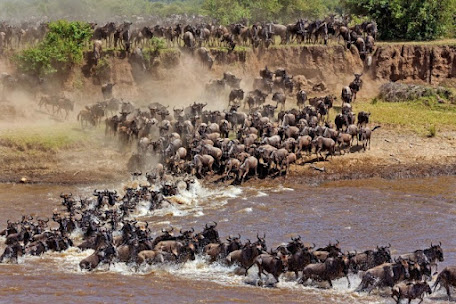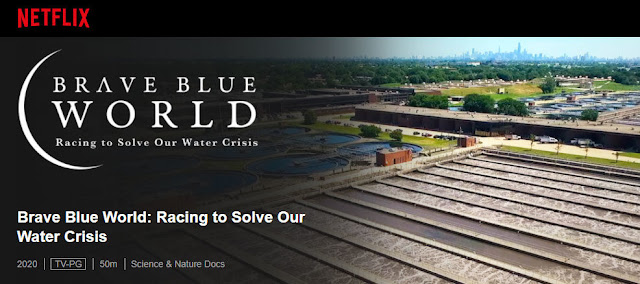Goodbye 2020

First I would like to start by wishing everyone a Happy New Year! The past year, 2020, will be known as one of the most difficult years our generation has had to face. With the global pandemic came many hurdles for people all over the world in addition to the issues that are already ever present. 2020 challenged our mental and physical health but I believe that the past year has also brought many of us together. Social media allowed us to stay connected in all of the isolation and for me this blog has been another way to feel a little less lonely, so thank you for reading. As a species we push past the difficulties and look to continually adapt, improve and solve all obstacles. As discussed in my blog, with regards to Africa, the variability of water is a major issue for many people especially as environmental change continues to exacerbate the problems. However, it is not all doom and gloom as there are things that can be done. That is why solutions and adaptations must take plac...




